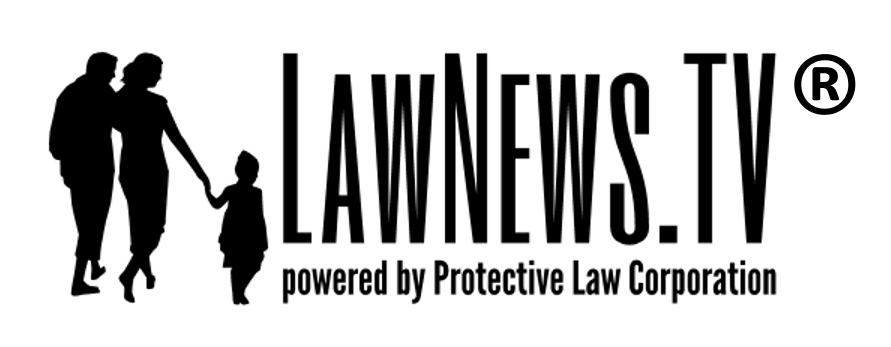The documents constituting an estate plan should be selected according to the circumstances and particular goals of a particular plan, but there are certain documents which commonly appear in most plans.
BASIC ESTATE PLANNING
For example, in a basic foundational estate plan, the central planning document is usually a revocable living trust (RLT). This type of trust can be amended and has certain advantages over a standalone will. It is private, avoids public probate proceedings, and allows you to control the manner and timing of distribution to your intended beneficiaries. It is also superior to powers of attorney in dealing with incapacity. In order to work, the trust must be properly “funded” – assets must be transferred into trust, and the trust must be designated as beneficiary under certain contracts such as life insurance. You have full control during life as long as you have mental capacity, and upon incapacity or death, trustee(s) will take over management of the trust estate.
Wills are also used in a basic trust-based plan, however they are “pour-over wills” the main function of which is to “pour over” into trust any assets left outside of trust at death. Any such assets would likely require probate, but at least they will make it into the central distribution scheme.
A basic plan also typically includes a Durable Power of Attorney for Property Management, under which you designate an individual to manage your non-trust assets when you are no longer able.
In addition, a basic plan should include health-related documents. In California, we typically use an Advance Health Care Directive, which is sort of a combination of a health care power of attorney (designating an agent for health care decisions) and a living will (providing end-of-life and other instructions regarding health care). There should also be a Health Insurance Portability and Accountability Act (HIPAA) Authorization, under which those you designate will have access to certain health-related information. This document should be separate because that health information may be needed to determine incapacity, determination of which may be necessary for the other documents to take effect, depending on how they are drafted.
It is very important that families with minor children nominate guardians to take care of the children should something happen to both parents (death or incapacity). Commonly, this provision is placed in wills—so commonly in fact, that some attorneys mistakenly believe it must be in the will. (I’ve heard that error spread by a lawyer’s radio commercial, and I’ve also had a law professor make that mistake.) Actually, the nomination of guardians can be made as a standalone document, at least in California. A standalone nomination may make sense where that is the only change a client wants to make to their plan, however in general the nomination should be placed in a document executed with more formality, more integrated with the plan. So the will is a good choice. However, the will is effective only upon death and may be of no help in situations of incapacity, so best practice is to place the nomination within both will and power of attorney.
Where firearms are owned, there should be a separate gun trust as an additional component to the basic plan. Guns are not like other assets, and a gun trust can minimize certain risks and afford certain opportunities for gun owners. In my practice, there is no extra charge for this component as I believe it is essential to have these items in a separate trust.
These are the main documents that constitute a basic estate plan, although there others that are common—for example, a memorandum used to dispose of tangible personal property.
ADVANCED ESTATE PLANNING
For estates larger than the applicable exclusion amount for federal estate tax (currently $5.12 million, but this may drop to only $1 million at the end of 2012 unless there is new legislation providing otherwise), advanced planning is typically used to reduce the size of the estate, thereby avoiding estate tax and also potentially providing excellent asset protection. Here is a brief introduction to some of the more common methods:
Irrevocable Life Insurance Trust (ILIT): This is one of the most commonly employed methods of advanced planning, and will become even more common if the exclusion amount drops as expected. A life insurance policy is either transferred to an irrevocable trust, or the trustee takes out a new policy, and premiums are paid by the grantor using the annual gift tax exclusion. Life insurance proceeds are considered outside the estate and can be used to help pay estate tax or support the surviving spouse and children. The ILIT is commonly used in combination with other techniques.
Family Limited Partnerships (FLP’s and FLLC’s): These are a potentially powerful way to reduce the size of an estate, due to discounts in valuation given because of the loss of control attending any fractionalization of interest. However, these historically have been attacked by the IRS and careful attention must be paid to both structure and operation. These are business entities and work best with family business interests.
Grantor Retained Annuity Trusts (GRATs): Grantor contributes assets to an irrevocable trust, retaining right to receive annuity payments for a certain period based on a discount rate set by the IRS. At the end of the term, the assets pass to beneficiaries resulting in estate and gift tax savings. Grantor Retained Unitrusts (GRUTs) and Grantor Retained Interest Trusts (GRITs) are similar.
Intentionally Defective Grantor Trusts (IDGTs): This vehicle is also similar to the GRAT, and involves setting up an irrevocable trust that is effective for avoiding estate and gift tax, but intentionally defective for avoiding income tax, object being to reduce estate size as much as possible in order to minimize tax and benefit the family. After a certain amount of seed funding is contributed to the trust, assets are then sold to the trust using a promissory note, typically.
Qualified Personal Residence Trust (QPRT): This method is also similar to a GRAT, except instead of contributing assets to buy an annuity, you contribute your home and retain the right to live there. The value is frozen for estate tax purposes at the time of gift, and if you live for the required term then it is effective to remove the property from your estate. You can include a provision requiring the beneficiaries to lease the property back to you for fair rental value, so you can keep living there. This is a popular method of asset protection, as well as estate tax planning.
Charitable Planning: There are many methods of charitable planning, including many varieties of Charitable Remainder Trusts (CRTs) and Charitable Lead Trusts (CLTs), and private foundations, etc. These methods can serve many different goals, including asset protection or increasing after-tax retirement income, or shaping values of your children, but the main motivation must of course be charitable.
Dynasty Planning: This is planning to build wealth over multiple generations, for families that have excess wealth beyond what the children may likely need. This planning can be done within the basic plan, or outside the basic plan, depending on needs and goals. This planning can be an extremely powerful way to shape the values of your family for generations to come.
…plus retirement trusts, pet trusts, and many other options we can discuss.
Get started on your estate plan now. Go to: http://orangecountylivingtrust.com/







